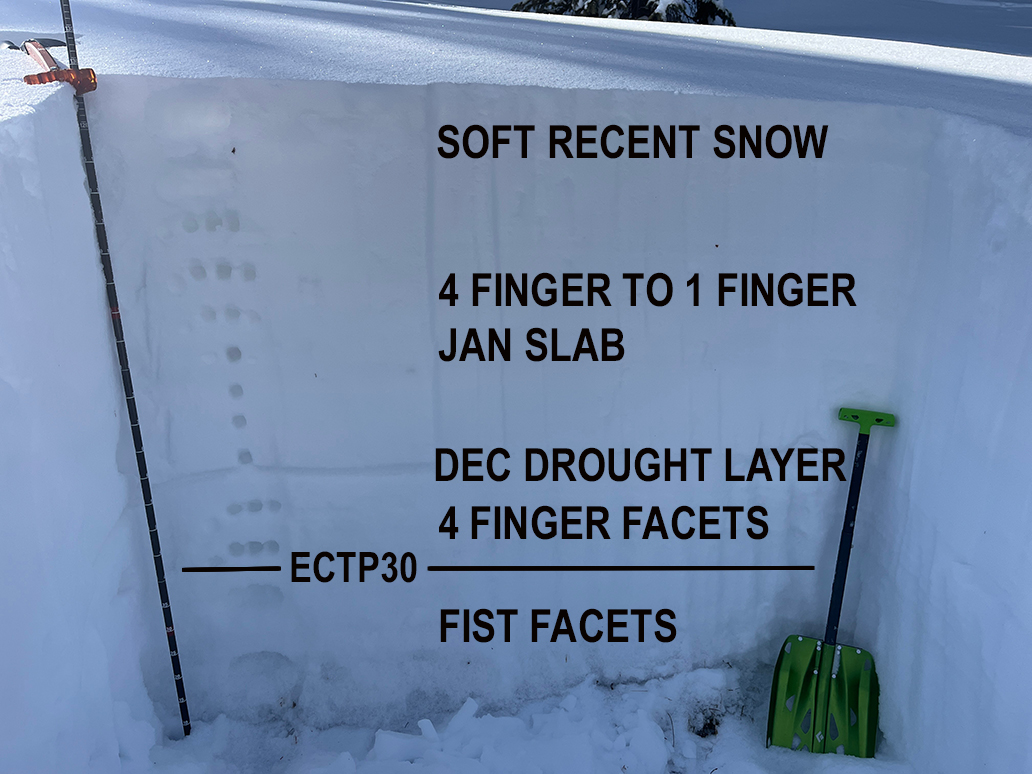Forecast for the Moab Area Mountains

Issued by Eric Trenbeath on
Monday morning, January 29, 2024
Monday morning, January 29, 2024
The avalanche danger remains CONSIDERABLE on steep slopes near and above treeline that face W-N-E-SE. Although the odds have been slowly decreasing, human triggered avalanches, 2'-6' deep failing on a buried persistent weak layer remain possible to likely. Continue to avoid slopes steeper than 30 degrees in these areas.
A MODERATE avalanche danger exists on all aspects below treeline, and on steep slopes facing SW-S at all elevations. This includes the possibility for loose, wet snow avalanches on sun exposed slopes as the day heats up.

Low
Moderate
Considerable
High
Extreme
Learn how to read the forecast here








